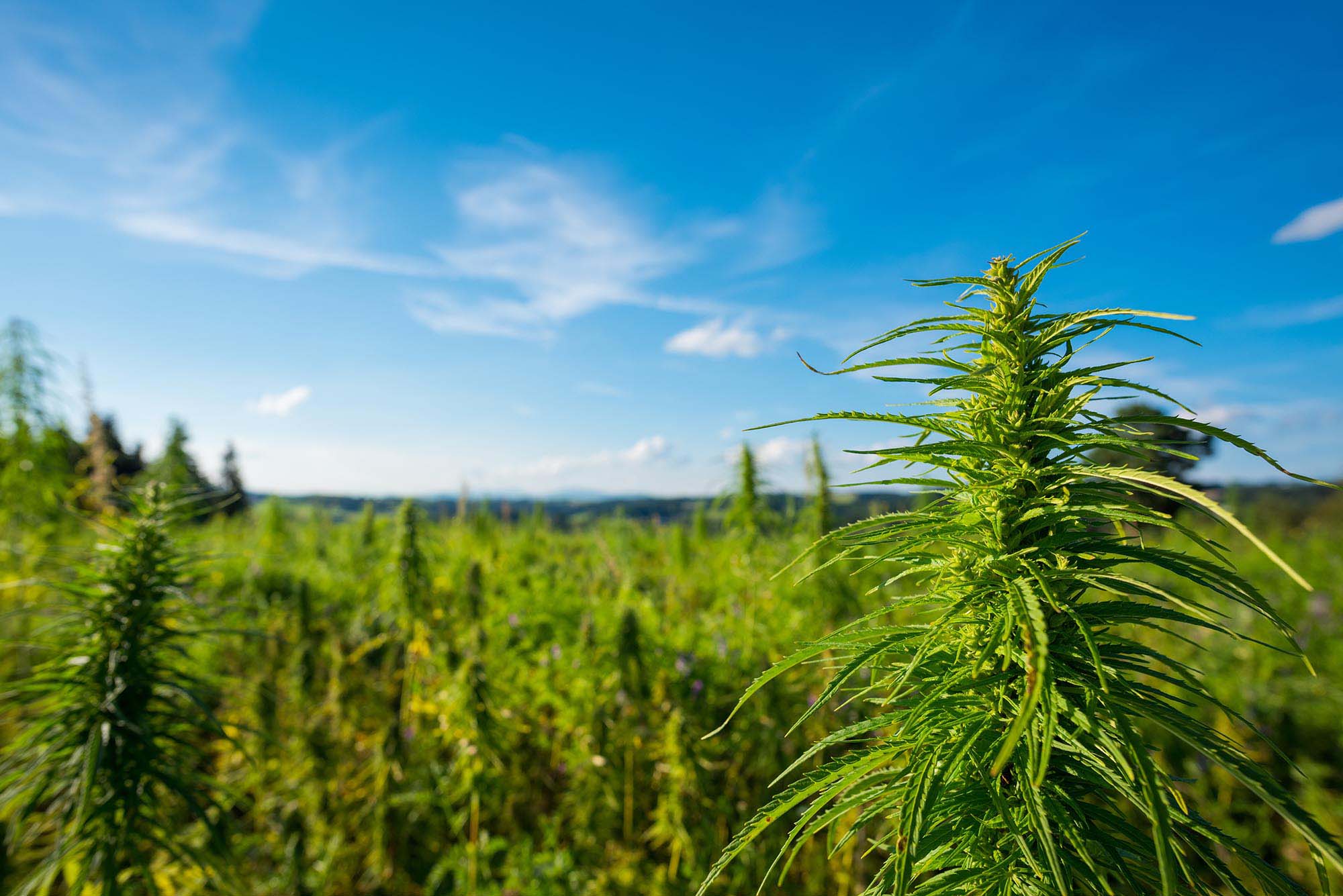
The Importance of Carbon Capture
As the world continues to grapple with the devastating impacts of climate change, the need for effective solutions to mitigate greenhouse gas emissions has never been greater. Carbon capture is a crucial component of this effort, as it involves trapping and storing carbon dioxide (CO2) from the atmosphere to reduce its concentration and slow the pace of global warming. There are many technologies and strategies being developed to achieve carbon capture, but one potential solution that is gaining traction is hemp.
Hemp as a Solution for Carbon Sequestration
Hemp is a versatile crop that is well-known for its use in textiles, building materials, and health products. However, it is also a promising candidate for carbon sequestration due to its ability to absorb and store CO2 from the atmosphere. This process, known as carbon uptake, occurs as the plant grows and photosynthesizes, converting sunlight and CO2 into energy and organic matter.
The Science of Hemp’s Carbon Uptake
The process of carbon uptake in hemp involves the absorption of CO2 from the air through tiny pores on the plant’s leaves, known as stomata. The CO2 is then transported to the plant’s cells, where it is converted into organic molecules through photosynthesis. These molecules are used to fuel the plant’s growth and development, with any excess carbon stored in the plant’s tissues.
Calculating Hemp’s Oxygen Clearance Capacity
Hemp’s carbon uptake potential can be quantified by measuring its oxygen clearance capacity, which refers to the amount of oxygen that is produced by the plant during photosynthesis. By calculating the amount of oxygen produced, researchers can estimate the amount of carbon that is being stored in the plant’s tissues. This information can be used to determine the amount of carbon offset that can be achieved through hemp farming.
Factors Affecting Hemp’s Carbon Capture Potential
Several factors can influence hemp’s carbon capture potential, including the plant’s growth conditions, the amount of sunlight it receives, and the type of soil it is grown in. In addition, the stage of the plant’s growth cycle can also impact its carbon uptake, with younger plants typically having a higher rate of photosynthesis and carbon storage.
Hemp vs. Other Carbon Sequestration Strategies
Compared to other carbon sequestration strategies, such as tree planting or soil carbon capture, hemp has several advantages. For one, it grows much faster than trees, meaning that it can sequester carbon at a more rapid pace. Additionally, hemp can be grown in a variety of environments, including urban areas and degraded lands, making it a more versatile option.
Hemp Farming as a Sustainable Carbon Offset
Hemp farming has the potential to serve as a sustainable carbon offset, as it can sequester significant amounts of carbon while also providing a range of economic and environmental benefits. In addition to its carbon capture potential, hemp can be used to produce a range of products, including food, fuel, and fiber. Furthermore, it requires minimal water and fertilizer inputs, making it a more sustainable crop than many other alternatives.
The Role of Hemp in Climate Change Mitigation
Hemp has the potential to play a significant role in mitigating climate change, as it can sequester carbon and reduce greenhouse gas emissions in several ways. By capturing carbon from the atmosphere, hemp can help to reduce the concentration of CO2, which is the primary contributor to global warming. Additionally, hemp can be used as a substitute for fossil fuels, which are a major source of greenhouse gas emissions.
Challenges in Implementing Hemp Carbon Capture
Despite its potential as a carbon capture solution, there are several challenges associated with implementing hemp farming on a large scale. One of the main barriers is the lack of infrastructure and knowledge needed to grow and process hemp effectively. Additionally, there are regulatory hurdles related to the legality of hemp cultivation in many countries, which can limit its widespread adoption.
Policy Implications of Hemp’s Carbon Sequestration
Governments and policymakers have an important role to play in supporting the adoption of hemp farming as a carbon capture strategy. This could include providing incentives for farmers to grow hemp, investing in research to improve cultivation practices, and developing standards and certification programs to ensure the sustainability and quality of hemp products.
Future Directions for Hemp-Based Carbon Capture
As research on hemp’s carbon capture potential continues to expand, there are many opportunities for further innovation and development. This could include exploring new varieties of hemp that are specifically bred for carbon sequestration, developing new methods for processing hemp fibers and biomass, and exploring new markets for hemp-based products.
Hemp’s Promise as a Climate Solution
Overall, hemp holds great promise as a climate solution, with its ability to sequester carbon and provide a range of economic and environmental benefits. While there are still many challenges to overcome in implementing hemp farming as a widespread carbon capture strategy, the potential rewards are significant, and the world’s growing focus on climate change mitigation makes hemp an increasingly attractive option for policymakers and stakeholders.

